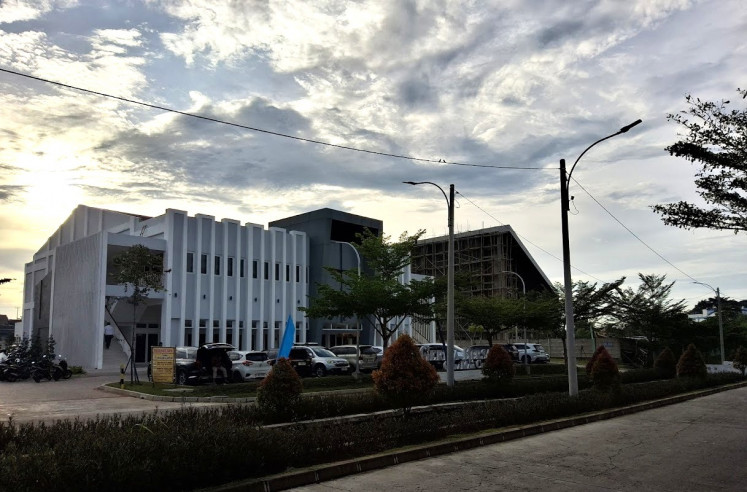Popular Reads
Top Results
Can't find what you're looking for?
View all search resultsPopular Reads
Top Results
Can't find what you're looking for?
View all search resultsWhy care about global migration?
More and more people are leaving their countries in search of better employment or education. There are 25.9 million refugees and asylum seekers worldwide, according to the UN.
Change text size
Gift Premium Articles
to Anyone
M
igration, which relates to the movement of persons from one place to another, is best described in numbers. In its 2017 International Migration Report, the United Nations revealed that the number of international migrants had neared 258 million, up by almost 50 percent from the mark in 2000.
Since the planet is inhabited by around 7.55 billion humans, the number of international migrants constitutes a very small proportion of the world’s population, with only 3.41 percent. Yet global migration continues to demand the attention of the world’s community.
The reason is simple. Global migration is an extremely complex and multidimensional phenomenon. Its root causes are multiple.
More and more people are leaving their countries in search of better employment or education. There are 25.9 million refugees and asylum seekers worldwide, according to the UN.
These poor people fled their countries to escape from armed conflict, discrimination or persecution.
Addressing root causes of migration, therefore, is not an easy task.
Managing the movement of more than a quarter of a billion migrants is persistently challenging. A large number of migrants utilize a regular pathway, while many fall victim to human trafficking or employ the service of a migrant smuggling syndicate.


















